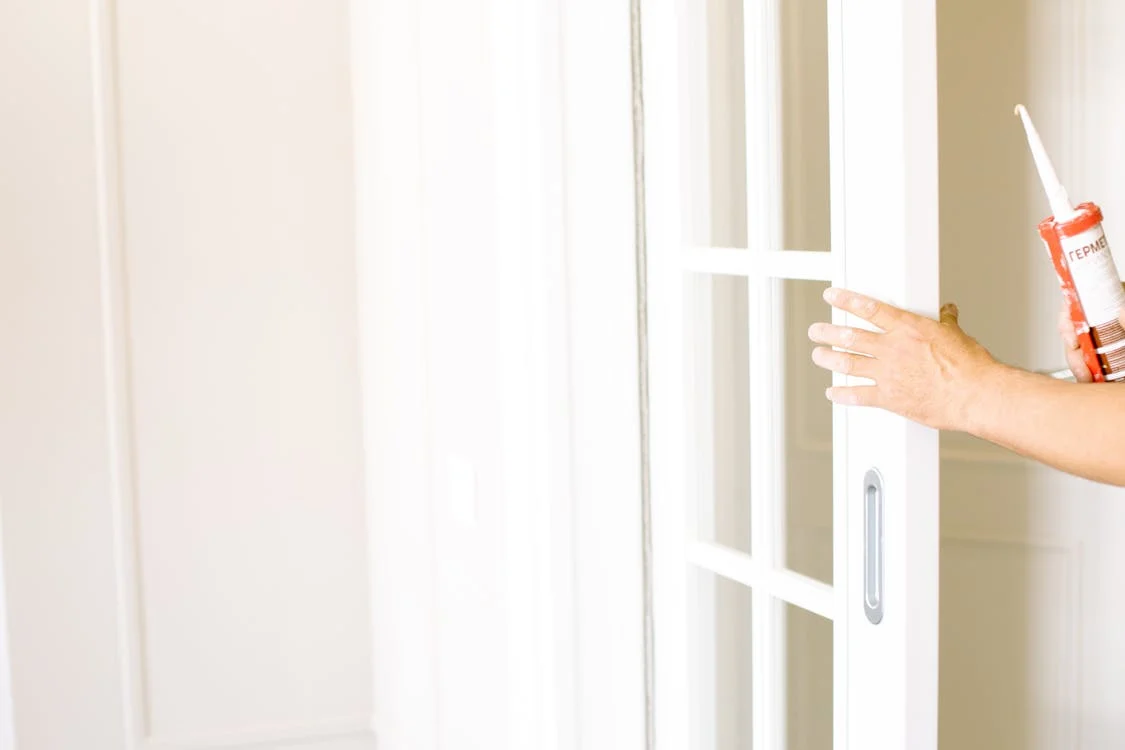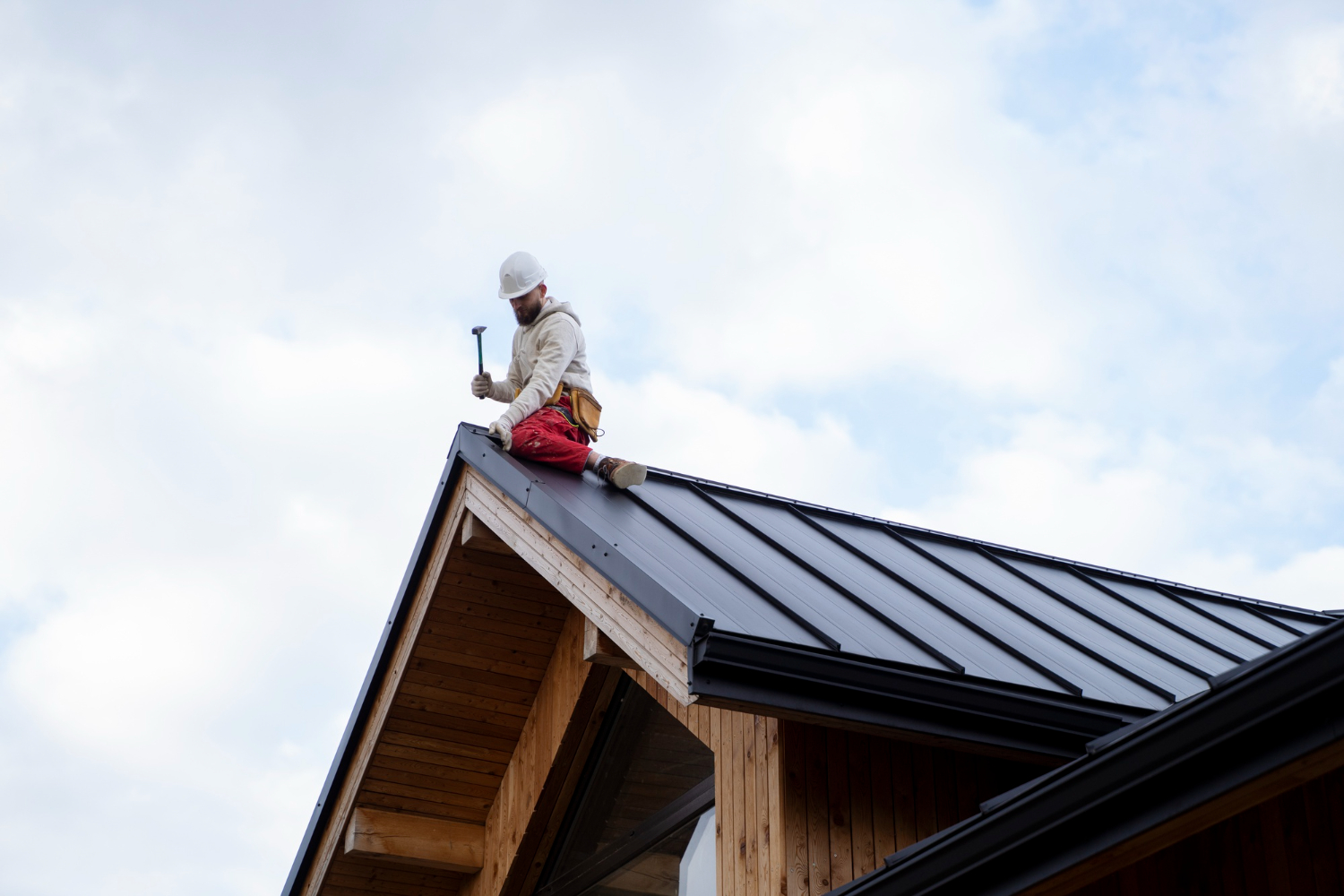By using our website, you agree to the use of cookies as described in our Cookie Policy
a
Rss Feed
Detecting Sneaky Leaks: How to Find a Plumbing Leak at Home
There's no denying water leaks are trouble. They not only damage ceilings and drive up water bills, they can also compromise wooden structures. And that's just for starters. What's interesting is plumbing leaks are widespread even in newer houses.
Unfortunately, not all leaks are apparent. Some can be sneaky and hard to detect. However, early leak detection is very crucial before they cause significant damage that might require costly repair or replacement.
How to Detect Sneaky Plumbing Leaks
While you don't have to be an expert at finding plumbing leaks, it would help if you know a thing or two about finding plumbing leaks so you can nip any pesky plumbing problems in the bud. Below are some of the most effective ways to detect sneaky plumbing leaks that are hiding in plain sight.
Monitor your water bill
Monthly water bills are more or less predictable. So if you have not been using water in excess yet your water bill for the month is unusually high, then you might have a leak. According to the Environmental Protection Agency, a family of four will use no more than 12,000 gallons per month (except if you have a garden or if it's summer).
In the United States alone, a whopping 900 billion gallons of water are wasted due to leaks. Indeed, a staggering figure by any standard. Even the most minor leaks (i.e., faucet with a steady drip) can already waste close to 10,000 gallons of water annually. Suffice it to say, keeping an eye on your water bill is a smart and proactive practice.
Watch your water meter
If you suspect you have a water leak at home, monitoring your water meter is highly recommended. Typically, the water meter is located on the back or side of the house or beneath the manhole-type cover near the street. The water meter can also be located where the supply line enters your home.
To monitor your water meter, keep the following steps in mind:
- Turn off all the water faucets at home and ensure the dishwasher and the washing machine are not running.
- Check your water meter and take note of the numbers. Come back in an hour or two and check again. If the figure has changed, it's safe to assume you have a leak somewhere.
- To check if the leak is indoors or outdoors, turn the shut-off valve of the main water supply pipe off. The shut-off valve is often located in the utility room or basement.
- Check the water meter again, take note of the numbers, and check again after an hour. If the numbers have not changed, the water leak is inside your home. If the numbers have changed, the leak is likely within the water line that runs to your house.
Look for patches of greener grass
Most people want a lush lawn. However, if an area in the yard grows faster and is much greener than the rest, it can indicate a leaking water line. If the leak is significant, you might even notice some puddles on the ground.
Dye test your toilet
If there are no puddles around appliances or fixtures, investigate if your toilet needs to be repaired. This might not be common knowledge, but toilets can be likely sources of internal leaks. Over time, the toilet's flapper can become brittle and cause water to trickle into the bowl from the tank.
Use some food coloring and put a few drops in the tanks of all your toilets at home. If there is a leak in the toilet, the color will appear in the bowl in five minutes. Once you have confirmed the toilet leak, it would be a good idea to have a plumber replace the flapper.
Be on the Lookout for Other Leak Cues
Even if your water meter test indicates you don't have a leak, one can develop at one point or another or when you least expect it. That said, keep an eye out for the following red flags:
- Wall discoloration. This can indicate water leaks that are soaking through to the front side or from behind your drywall. Water stains on walls and ceilings are typically brownish or yellowish.
- Bulging wallpaper or bubbling paint. Both are classic signs that the wallboard is wet. If you notice a bulge in your wallboard, it can indicate that the water damage is more extensive, and the wallboard might need replacement.
- Musty smell. If you have a persistent leak at home, it provides the perfect environment for mold to grow. Typically, molds will grow inside the wall where it's not visible, so the musty smell is considered a red flag.
Final Thoughts
Detecting sneaky plumbing leaks can be challenging for many homeowners. If you have used all the above-mentioned techniques but still can't find the leak, it would be best to check with a trusted professional. Don't wait until you have a mess on your hands, and you will need to shell out an excessive amount of money for repairs.
‹ Back






.png)

Comments